Mobile Processor Definition and Type
A mobile processor, also known as a system on a chip (SoC), is a small and energy-efficient microprocessor built primarily for use in mobile devices like smartphones, tablets, and other portable electronics. It integrates several components into a single chip in order to optimize for performance, power consumption, and size while remaining within the limits of mobile form factors.
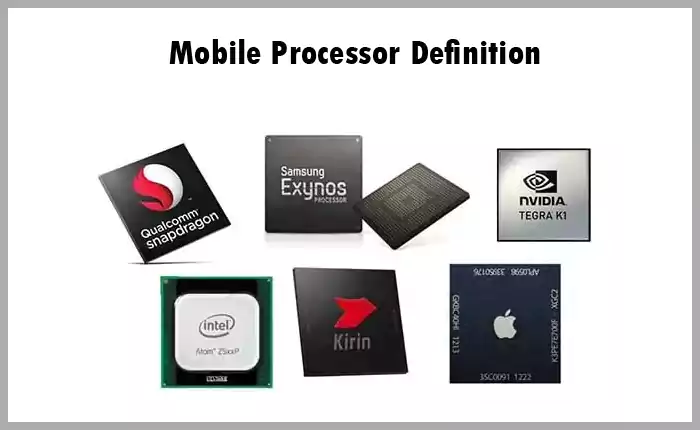
What is a Mobile Phone Processor?
A mobile phone processor, also known as a System on a Chip (SoC), is a central processing unit (CPU) specifically intended for mobile phones, smartphones, and other handheld devices. It acts as the device's "brain," handling everything from basic phone functions to running apps, processing graphics, and more. Aside from the CPU, the SoC frequently incorporates other components, such as:
♦Graphics Processing Unit (GPU) for rendering graphics
♦Memory management units
♦Connectivity modules for Wi-Fi, Bluetooth, and cellular communication
♦Image processing units for camera operations
♦Audio and video decoders and encoders
The design focuses on power economy to maximize battery life while also ensuring a seamless user experience. Qualcomm (Snapdragon series), Apple (A-series chips), Samsung (Exynos series), and MediaTek, among others, create popular mobile phone CPUs.
Mobile Processor Type
Mobile processors, primarily used in smartphones, tablets, and other handheld devices, come from several manufacturers and in various architectures. Here are some of the primary types or series of mobile processors, based on the manufacturer:
1. Qualcomm Snapdragon:
One of the most widely used mobile processors globally, Snapdragon chips are found in many Android smartphones. They are known for their performance, efficiency, and integrated connectivity options.

2. Apple A-series:
Used exclusively in Apple's iPhone, iPad, iPod, and Apple TV products, these chips are custom-designed by Apple and manufactured by third-party foundries. They are renowned for their powerful performance and optimization.

3. Samsung Exynos:
Samsung's in-house processor is used in many of their smartphones, especially in markets outside the U.S. These chips offer competitive performance and are often compared with Snapdragon chips.
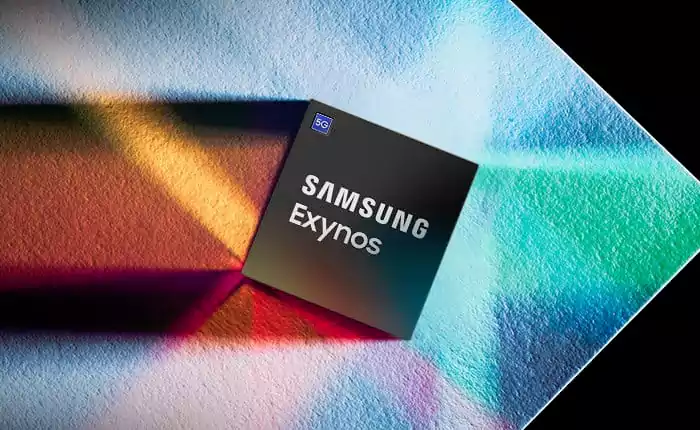
4. MediaTek:
MediaTek processors are known for their cost-effectiveness and are commonly found in budget to mid-range smartphones. They offer a wide range of processors, from basic to more advanced.
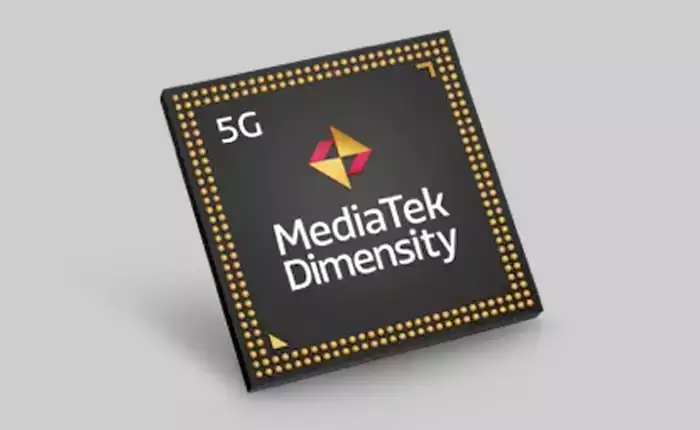
5. Huawei Kirin:
Developed by Huawei for its range of smartphones, Kirin processors are known for their integrated AI capabilities and performance.
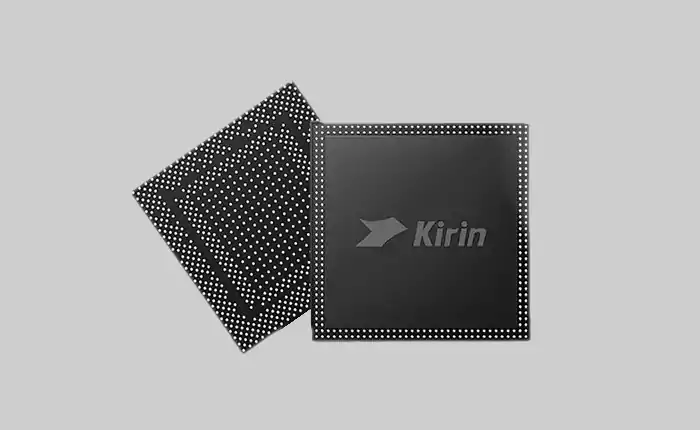
6. NVIDIA Tegra:
While earlier versions were used in mobile phones, Tegra chips are now more commonly associated with automotive applications, gaming devices, and the Nintendo Switch console.
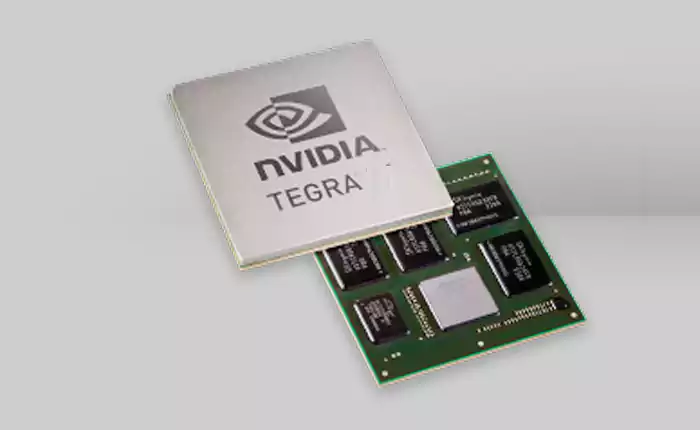
7. Intel Atom:
While Intel is a giant in the desktop and laptop processor markets, its Atom series aims to capture the mobile and tablet space. However, it wasn't as successful as its competitors in the mobile sector.
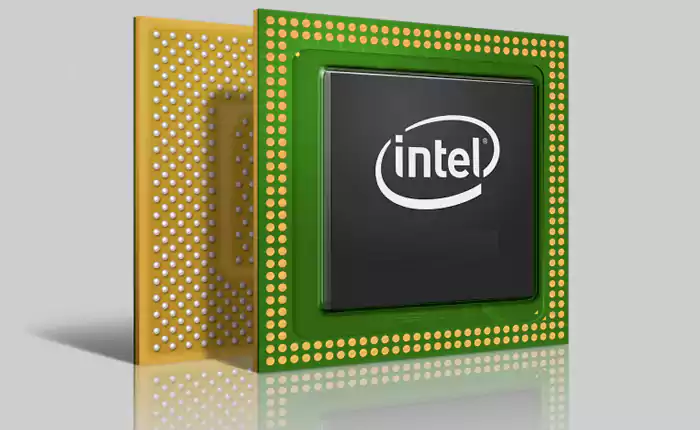
8. AMD:
Historically, AMD hasn't been a big player in the mobile processor market, but with its success in the desktop and laptop CPU space in recent years, there's always speculation and interest in potential future entries.
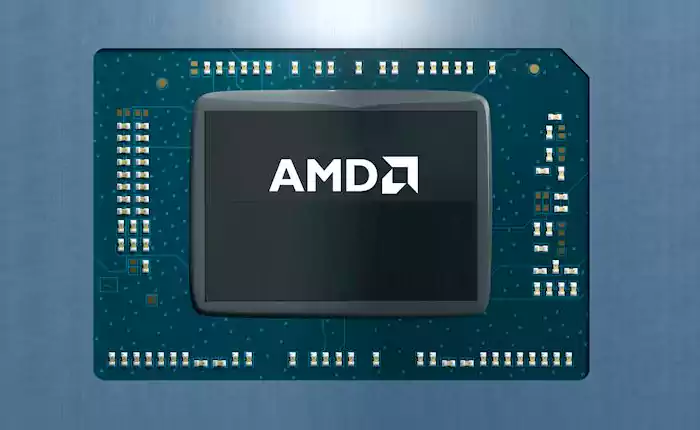
These processors vary in terms of architecture, power consumption, performance, and features, and the choice often depends on the device's intended use and price point.
Mobile Processor Advantages and Disadvantages
Let's delve into some of the major types of mobile processors and discuss their advantages and disadvantages:
1. Qualcomm Snapdragon:
Advantages:
♦Wide range from budget to flagship models.
♦Integrated connectivity options like 5G, and 4G LTE.
♦Consistent performance and reliability.
♦Good developer and community support.
Disadvantages:
♦Some chips may overheat during intense tasks.
♦Not as tightly integrated with hardware as Apple's A-series, leading to potential performance differences across devices.
2. Apple A-series:
Advantages:
♦Highly optimized for Apple hardware.
♦Consistently top-tier performance.
♦Long-term software support and updates.
♦Efficient power consumption due to custom design.
Disadvantages:
♦Proprietary nature limits it to Apple devices.
♦Typically costlier due to integration in high-end devices.
3. Samsung Exynos:
Advantages:
♦Custom cores can be tailored for specific tasks.
♦Integrated with Samsung's other technologies, like display or memory.
Disadvantages:
♦Often critiqued for being less power-efficient than its Snapdragon counterparts.
♦Performance differences have been noted between Exynos and Snapdragon versions of the same Samsung phone.
4. MediaTek:
Advantages:
♦Cost-effective, providing value for budget to mid-range devices.
♦Diverse range catering to different market segments.
Disadvantages:
♦Historically, not as performance-oriented as Snapdragon or A-series.
♦Questions about update support and long-term reliability.
5. Huawei Kirin:
Advantages:
♦Tailored for Huawei devices, leading to better integration.
♦Good AI capabilities.
Disadvantages:
♦Limited to Huawei devices.
♦Due to trade restrictions, future support and development are uncertain.
6. NVIDIA Tegra:
Advantages:
♦Strong GPU performance, tailored for gaming and graphic-intensive tasks.
Disadvantages:
♦Less presence in the mobile phone market.
♦Power consumption can be higher.
7. Intel Atom:
Advantages:
♦Backing of Intel's long-standing experience in the chip industry.
Disadvantages:
♦Failed to capture significant mobile market share.
♦Performance and power efficiency are not always on par with competitors in the mobile space.
Keep in mind that the specifics of advantages and disadvantages can vary with each individual chip model within these series and as technology evolves over time.
Which Type of Phone processor is Best?
Determining the "best" phone processor can be subjective and depends on specific use cases, priorities, and preferences. Here's a brief overview of factors that might guide the answer:
1. Performance:
If raw performance is the primary concern, Apple's A-series chips, found in iPhones, have often led the pack, closely followed by high-end Qualcomm Snapdragon chips in many benchmarks.
2. Integration & Optimization:
Apple's A-series processors, being designed for specific devices and tightly integrated with Apple's software, offer arguably unmatched optimization. This tight integration often results in smooth performance and better battery life.
3. Versatility & Adoption:
Qualcomm's Snapdragon series has wide adoption across various manufacturers and device tiers. Their chips are versatile, and their high-end variants offer competitive performance.
4. Value for Money:
For those looking for a good balance between cost and performance, MediaTek chips often provide a compelling option, especially in mid-range devices.
5. Graphics & Gaming:
Apple's A-series and Qualcomm's higher-end Snapdragon processors typically excel in graphics performance, making them suitable for intensive gaming.
6. AI & Machine Learning:
Apple's A-series and Huawei's Kirin chips have showcased significant advancements in on-device AI processing capabilities.
7. Connectivity:
For the latest in connectivity, such as 5G, Qualcomm's Snapdragon series has been at the forefront, offering integrated 5G solutions in many of their recent chips.
8. Global Compatibility:
Snapdragon chips are widely recognized for their global band support, making them suitable for devices that are used internationally.
9. Thermal Management:
While most modern chips are designed with thermal efficiency in mind, some Exynos chips (Samsung's in-house SoC) have historically faced criticism for overheating issues, especially when compared to their Snapdragon counterparts.
The "best" mobile processor is determined by a number of factors, including raw performance, efficiency, graphics capability, AI features, and connection options. Here are some of the main competitors from various manufacturers:
1. Apple A-series:
Model: Apple A14 Bionic (used in iPhone 12 series)
Strengths: Leading performance in both CPU and GPU tasks, excellent optimization with iOS, neural engine for AI tasks.
Future: Expect newer iterations with each annual iPhone release.

2. Qualcomm Snapdragon:
Model: Snapdragon 888
Strengths: 5G integration, powerful CPU and GPU, AI capabilities, and adoption by many flagship Android phones.Future: Qualcomm frequently updates its flagship SoC, so there will be newer models in the future.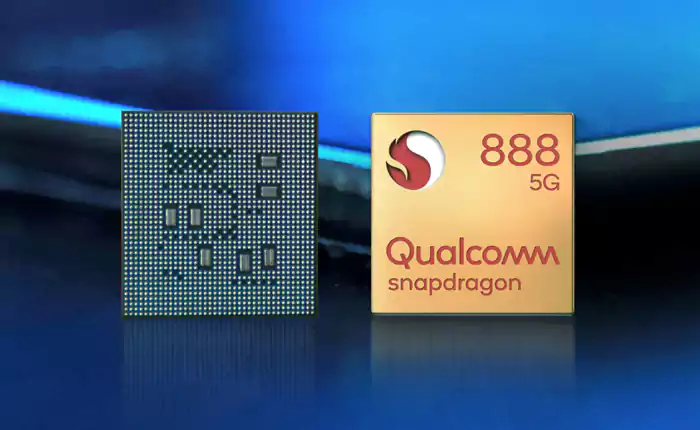
3. Samsung Exynos:
Model: Exynos 2100
Strengths: Comparable to the Snapdragon 888 in many respects, improved GPU performance, and 5G integration.Future: Samsung is continuously working to match or outperform its Snapdragon counterparts.
4. MediaTek:
Model: Dimensity 1200
Strengths: 5G capabilities, power efficiency, and targeting a broader range of phones, including mid-ranger phones, with solid performanceFuture: MediaTek is aggressively pushing into the high-end segment, so expect more powerful chips.
5. Huawei Kirin:
Model: Kirin 9000
Strengths: 5G integration, strong AI capabilities, and good CPU and GPU performance.Concern: Huawei faced trade restrictions that might impact the widespread adoption and development of their chips.
It's also good to keep in mind that the overall user experience isn't just determined by the SoC. Software optimization, display quality, camera systems, battery life, and other factors are equally important.